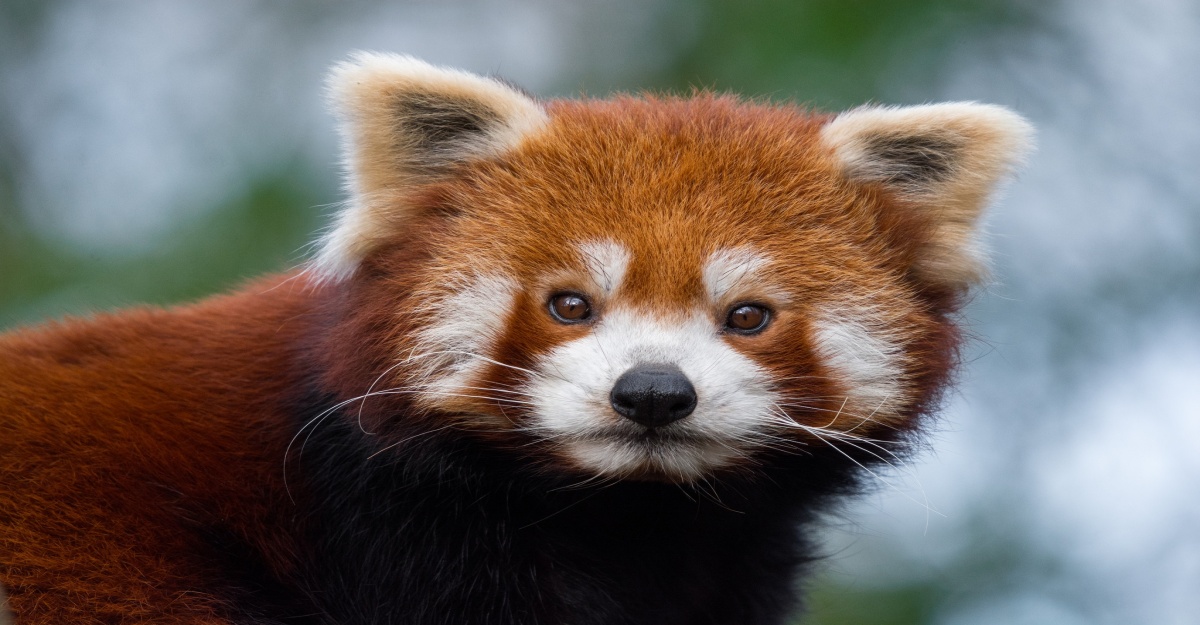The red panda (Ailurus fulgens) is an enchanting creature that captivates the hearts of animal lovers worldwide. Despite sharing its name with the more famous giant panda, the red panda is unique in its own right, exhibiting distinct characteristics and behaviors. Native to the temperate forests of the Himalayas, this small, arboreal mammal plays a crucial role in its ecosystem. Let’s explore the fascinating world of the red panda, delving into its habitat, physical traits, diet, behavior, and conservation status.
Red pandas are found in the mountainous regions of Nepal, India, Bhutan, Myanmar, and China. They prefer temperate forests with a dense understory of bamboo, which provides both food and shelter. These forests, located at elevations between 2,200 and 4,800 meters, offer the cool, moist climate that red pandas thrive in. The thick canopy and bamboo groves are essential for their survival, offering protection from predators and harsh weather.
Physically, red pandas are strikingly beautiful. They have a reddish-brown fur coat, which helps them blend into the reddish-brown moss and white lichen that cover the branches of their forest habitat. Their bushy tails, which can be as long as their bodies, are ringed with red and white and serve multiple purposes. The tail aids in balance when navigating through trees and acts as a warm blanket during cold winter months. Red pandas also have powerful, curved claws that make them agile climbers, and their pseudo-thumbs, an extended wrist bone, help them grasp bamboo and other food.
Red pandas are primarily herbivorous, with bamboo constituting about 95% of their diet. Unlike giant pandas, red pandas are more selective eaters, consuming only the tender leaves and shoots of the bamboo plant. They also supplement their diet with fruits, berries, acorns, roots, and occasionally insects and small rodents. Their digestive system, however, is not as efficient as that of other herbivores, meaning they must eat a large quantity of bamboo to meet their nutritional needs. This diet requires them to spend most of their day foraging and eating.
Behaviorally, red pandas are solitary and mostly nocturnal, being most active during the early morning and late afternoon. They are known for their gentle and shy nature, often avoiding human contact. Red pandas communicate through a variety of vocalizations, including squeals, twitters, and huff-quacks, a sound similar to a duck quacking. Scent marking is another crucial form of communication; they use scent glands located at the base of their tails and urine to mark their territory and convey information to other red pandas.
Reproduction in red pandas is a seasonal affair, with mating typically occurring from January to March. After a gestation period of about 135 days, the female gives birth to one to four cubs, usually in a hollow tree or rock crevice lined with leaves, moss, and other vegetation. The cubs are born blind and helpless, relying entirely on their mother for warmth and nourishment. They open their eyes at around 18 days old and start exploring outside the den at about three months. However, they remain with their mother until the next mating season, learning essential survival skills.
Despite their captivating appearance and behaviors, red pandas face numerous threats that have led to their classification as endangered by the International Union for Conservation of Nature (IUCN). Habitat loss due to deforestation and human encroachment is the most significant threat. As forests are cleared for agriculture and development, red pandas lose their homes and food sources. Climate change also poses a substantial risk, as it affects the growth of bamboo, their primary food source. Additionally, red pandas are victims of poaching for their fur and are often captured for the illegal pet trade.
Conservation efforts are underway to protect the red panda and its habitat. Organizations like the Red Panda Network and World Wildlife Fund are actively involved in raising awareness, conducting research, and implementing conservation programs. These programs include habitat restoration, anti-poaching measures, and community-based conservation initiatives that involve local communities in protecting red pandas and their environment. Captive breeding programs in zoos worldwide also play a critical role in ensuring the species’ survival.
The red panda is a symbol of the delicate balance of our ecosystem and the importance of biodiversity. By protecting this charismatic species and its habitat, we not only ensure the survival of the red panda but also preserve the health of the entire ecosystem it inhabits. The red panda’s story is a reminder of the urgent need for conservation and the role each of us can play in safeguarding our planet’s precious wildlife.







What do you think?
Show comments / Leave a comment